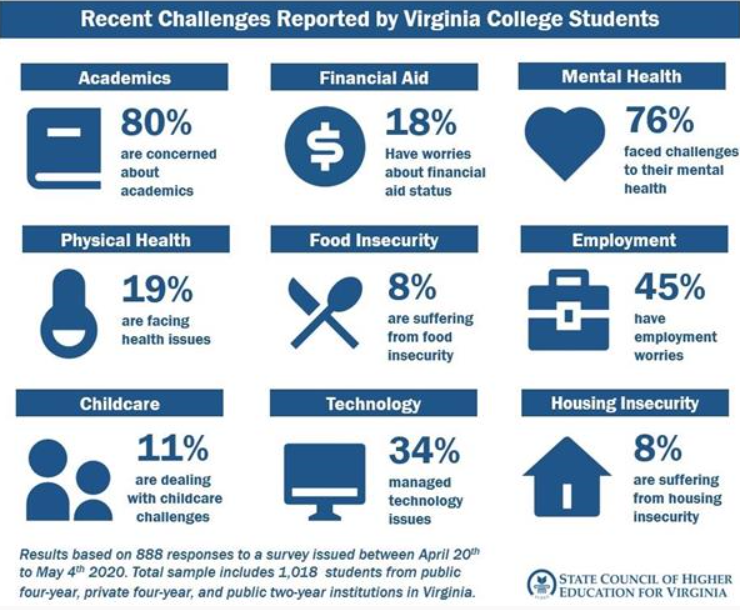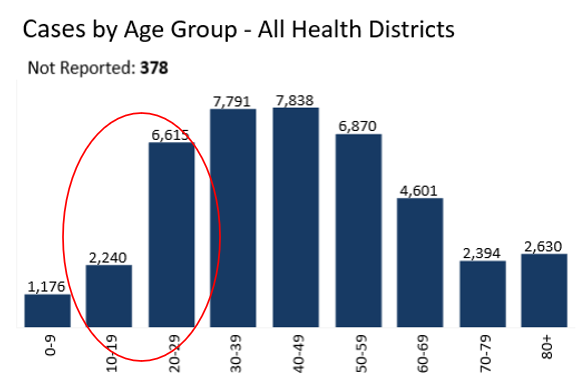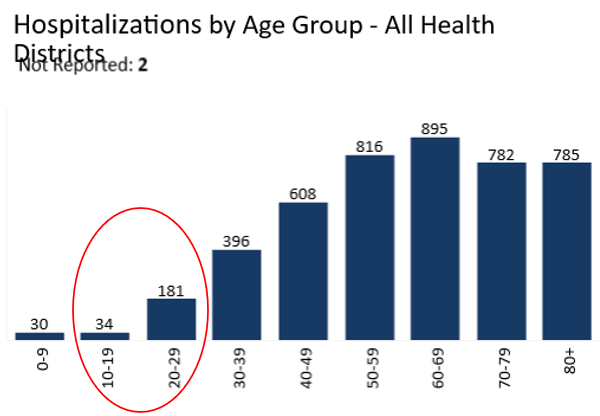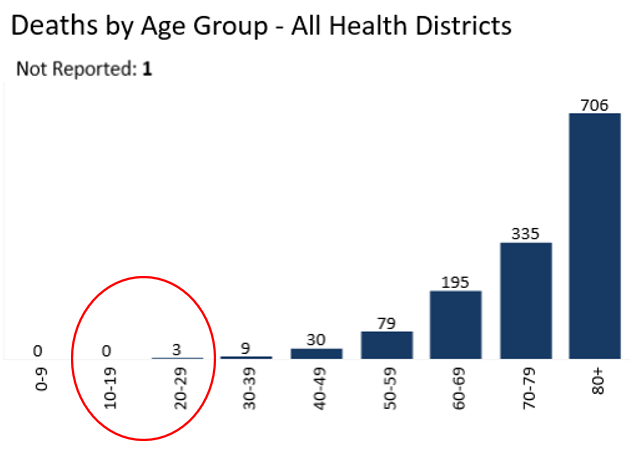Nearly three in four Virginia college students are combating anxiety, worry or other mental health challenges, according to a survey of more than 1,000 college students by the State Council of Higher Education for Virginia (SCHEV).
It’s hard to know what to make of this funding. Cynics might respond, “What else do you expect? We’ve raised a generation of snowflakes. College students been taught to be emotionally fragile. This is their first exposure to the brutal reality that life is hard.”
Others might validate the students’ anxieties and point to the survey as evidence of the downside of the college shutdowns, with their attendant issues of completing courses online, managing technology issues, maintaining employment, finding employment, and the like. I have argued on this blog that the Virginia Department of Health, Governor Ralph Northam and the media are fixated on COVID-19 statistics while downplaying the negative health effects of the shutdown that are difficult to measure — such as mental health. First comes stress, then anxiety, then depression, then substance abuse, then declining physical health and, sometimes, suicide.
SCHEV conducted the survey between April 20 and May 4 to see how students were faring after Virginia’s public colleges and universities closed to prevent the spread of the COVID-19 virus.
The survey documents that the first steps in that downward spiral, stress and anxiety, are in fact occurring in the college-age population, which, ironically, has the least to fear from the disease itself. It is fair to say that college kids are collateral damage in the fight against COVID-19.
Perhaps we should tell young people, “Suck it up, you babies. You’ve got the most comprehensive safety net in the history of this country. Previous generations survived much worse hardships, and so will you. In fact, a little hardship might toughen you up and do you some good.”
But that would be harsh.
The fact is, college-age kids are at relatively low risk of contracting the virus, very low risk of being hospitalized from it, and at virtually no risk whatsoever of dying from it. In the charts below, taken from Virginia Department of Health data, I have highlighted the two age cohorts — 10-19 and 20-29 — which account for the overwhelming majority of college students.
Given these numbers, the question does arise: Why are we shutting down colleges and universities when students are at such low risk? To protect faculty members and administrators from catching the virus? Perhaps that’s a legitimate reason. Or perhaps Virginia’s higher-ed institutions are engaging in massive overkill.
Personally, I think a lot of students are snowflakes. But that doesn’t mean they don’t have legitimate reasons to be anxious.






